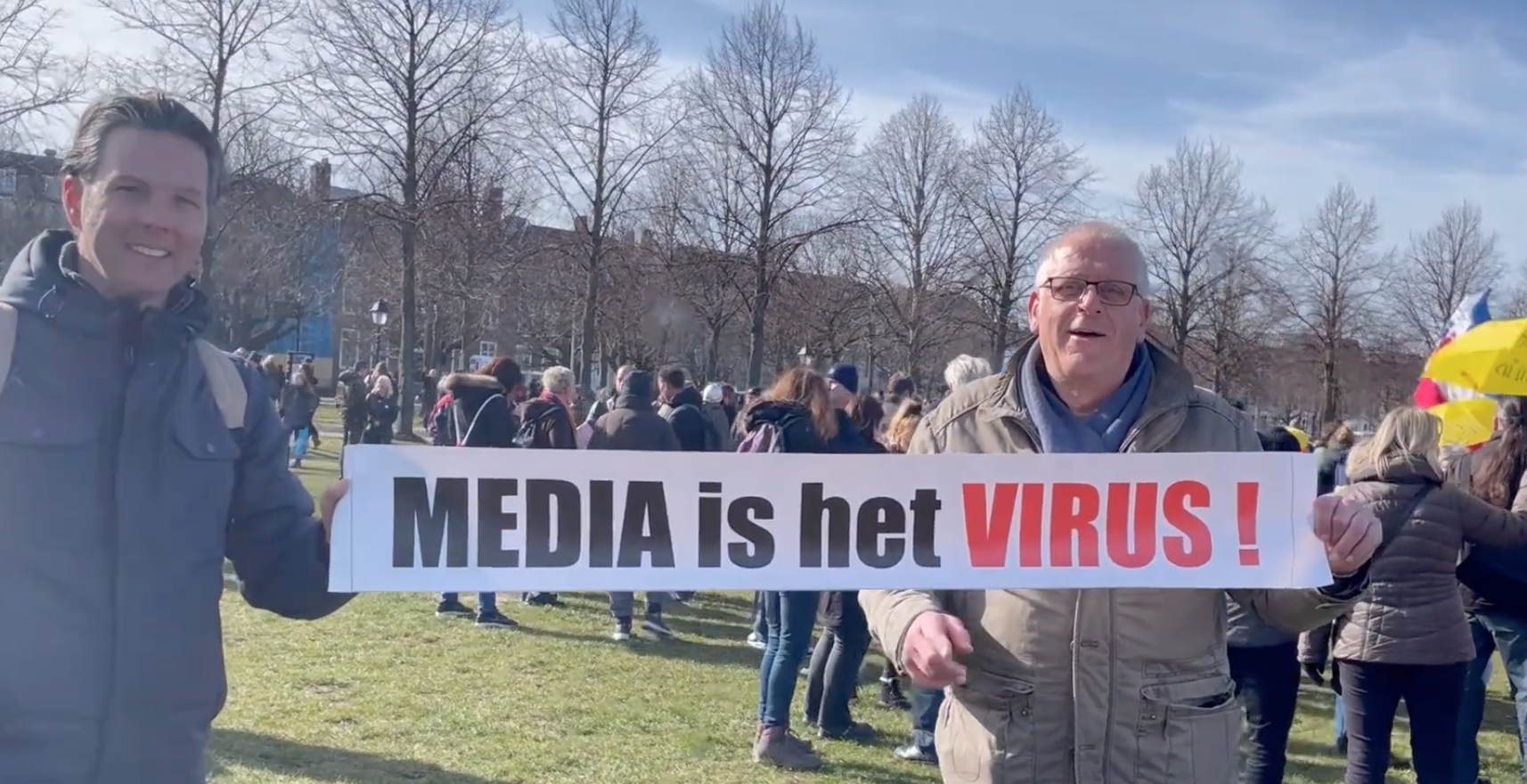 Noémie Battini is an MSc Media Communication and Development student at the LSE, and a Womanity Foundation intern working on the Womanity Award. @tweetmenoemie
Noémie Battini is an MSc Media Communication and Development student at the LSE, and a Womanity Foundation intern working on the Womanity Award. @tweetmenoemie
From ‘Millennium’ to ‘Sustainable’ Development Goals and beyond
The year 2000 was when the PlayStation 2 was released, Vladimir Putin was elected president of Russia and the Tate Modern Gallery opened in London. It was also the year everyone at the UN Millennium Summit got pretty excited, and in a ‘new millennium, new year, new me’ spirit, set up an ambitious development agenda for the 15 years to come. Eight goals targeting poverty and hunger, primary education, gender equality, child mortality, maternal health, HIV/AIDS, environmental sustainability and partnership. Eight universal goals to try and make the world a better place. In 2015, a new development agenda set up by the UN put forward 17 Sustainable Development Goals (SDGs) for the year 2030.
At the Oxford International Development Forum in March the message was clear: the Millennium Development Goals (MDGs) were a failure, so let’s try and learn from our mistakes. But first and foremost, let’s ‘mind the gap’ between the old and new development agendas if we want things to change for the better.
Of course, we all want to see change happen, to witness it, touch it, feel it, even be it. But shouldn’t we, for a change, be interrogating the way we think about change?
Change happens outside of the agenda
Change happens everywhere all the time. As Phil Vernon, director of programmes at International Alert declared at OxFID: ‘change happens, you don’t necessarily make it happen’. Change is the ultimate goal of any development agenda, but maybe we need to be more critical of the goal-based approach, and start paying attention to the process of change itself.
Change is disruptive
This is not to say that in development we should ‘move fast and break things’ (yes, I just quoted Mark Zuckerberg), rather this is to suggest that change does not happen in a conceptual box. Change happens in the real, social world, a world made up of people and power relations that are likely to be challenged in the process. In other words, you can’t advocate for change and at the same time hope that things will remain the same. It seems straight forward, yet change is usually seen as an end in itself, and rarely acknowledged for what it is: a dynamic process.
Change should not be compartmentalized
Both MDGs and SDGs were presented to the public in colorful boxes with lovely little icons: a drop of water, a bird, a plate, a book, a fish, a tree. But instead of imagining each goal in an isolated way shouldn’t we be drawing links between each of those? For instance, doesn’t the bird (symbol for ‘peace and justice’) need the book (‘quality education’) to fly? Should peace and education really be considered separate missions? Yes, we need to narrate a comprehensive story of change that makes sense to everyone, and yes, icons are more engaging than theories and numbers. But in presenting each goal separately there is a risk of inviting actors to pick and choose from the broader agenda of change to frame their own, and we need to avoid this.
Change should not be commodified
One day Gandhi called on everyone to ‘be the change they want to see in the world’, and the next day the volontourism industry was making big bucks out of well-intentioned young people trying to make a difference (while having fun). This commodification of good intentions is something we need to talk about, not only because it is doing unspoken harm, but also because a lot of potential for change is being channeled into the wrong direction. Again, this is not an isolated phenomenon, if the media portrays a distorted, ahistorical and depoliticized image of development, it is not surprising that quick fixes (e.g a 3 day trip to an orphanage in Cambodia) are popular.
Reflecting upon the gap between the SDGs and MDGs should make us consider the gap in our own thinking. The story we are being told and sold about development and social change is only one of many angles from which to imagine a better future.
This does not mean that we should discard the development goals altogether. Instead, we need to listen to the debates they are here to trigger, and identify what is missing from the debates. The SDGs are not ready-made solutions for change, they might be part of the solution, they might also be part of the problem. But they are political tools, and as such they can be used not only by governments to implement policies, but also by civil society to hold governments accountable.
It seems to me that there is a wide misconception that development goals, be it from the millennium or the sustainable era, are made by the developed for the developing world, and that ‘our’ role is to help implement them in far-away places. Far, far away from our own politics. Maybe this is exactly where the gap in our thinking quietly lies, and where we should be minding it.
@tweetmenoemie





